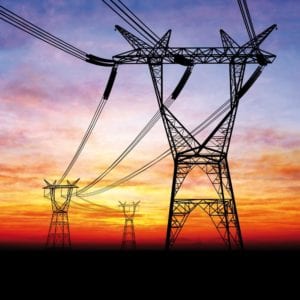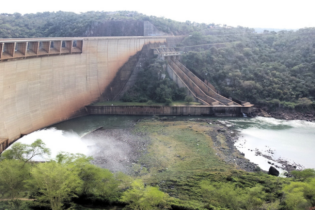
The Eastern Cape has kept the lights on in four defaulting municipalities by paying Eskom with money meant for building water infrastructure in an area now devastated by drought.
Days later, the municipality, which was due to have got the money to build a dam, declared a state of disaster due to the drought, saying it needed R188 million to pay for drinking water
IOL reports.
A government notice published on January 20, but drafted a month before, notes that the
Department of Cooperative Governance and Traditional Affairs would pay R10 million directly to Eskom on behalf of Maletswai, Nxuba, Gariep and Ikwezi local municipalities.
“This is a crisis and an emergency situation and the department has to intervene,” stated the notice, signed by Eastern Cape MEC for Finance Sakhumzi Somyo. On Sunday, the Eastern Cape Treasury said it would respond to queries on Monday.
Provincial government intervenes
Also on Sunday, Eskom spokesman Khulu Phasiwe confirmed that the provincial government had intervened and said payments of about R15 million were made for the four and arrangements made on further payments so they would not face cuts.
This is a fraction of the debt: by September those four municipalities owed the power utility R130 million for more than 90 days.
The Eskom payments were listed as being from the Local Government Support grant but a series of government notices indicate that the money came from the province’s Water Intervention Grant.
This grant is “to support 45 municipalities to meet their targets for basic needs services” and in November, there was R70 million in that grant for spending in the Chris Hani District Municipality up to March.
The projects included upgrading infrastructure in Ngcobo, Molteno and Sada.
Chris Hani District covers seven local municipalities, ranging from Cradock in the west to Cofimvaba in the east.
It includes Queenstown, which had renewed water restrictions announced earlier this month due to the drought.
None of the four municipalities which had their Eskom bills paid out of this money are in the Chris Hani District.
Chris Hani District Municipality disaster area
On January 22, two days after the notice was signed to authorise spending the money on Eskom bills, the Chris Hani District Municipality officially declared a state of disaster due to the drought.
The notice followed a council decision on New Year’s Eve to declare a disaster, saying there hadn’t been rain since August.
“This has affected the district water dam levels, springs and yields in boreholes – most sources, especially in rural areas, have literally dried out,” said the notice. It said the municipality needs R188 million for drinking water alone, while livestock relief must still be costed.
The notice said 87 villages were now without water, relying on water trucks from the national Department of Water and Sanitation.
The drought notice lists work needed on water infrastructure in the Chris Hani District, including deep drilling of boreholes, maintenance work, water storage tanks needed, repairs to windmills, and raising dams.
–
IOL (Louise Flanagan)








